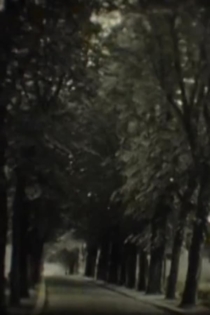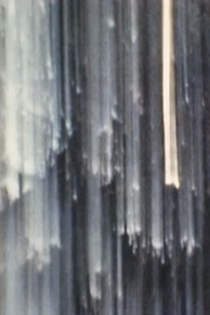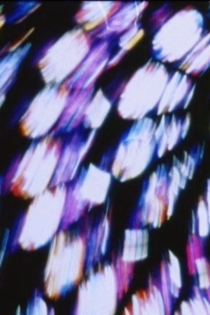
Dominik Lange
2021Les deux Lucy
Frédérique Devaux, Michel Amarger
Raphaël Bassan, Anne-Sophie Brabant
Les Deux Lucy is a short documentary portrait of the shooting of Raphaël Bassan's film Lucy en miroir. It's the opportunity for us to look at one of our contemporary filmmakers and important film critics of what we call in French cinémas differents, meaning a different way of making films. Our making of offers the opportunity to follow, step by step, the making of this short film with scenes shot on the set, and to listen to comments by the filmmaker about his work.
Les deux Lucy

Lucy en Miroir
Raphaël Bassan
Anne-Sophie Brabant, Élodie Imbeau
The fortuitous meeting of two women to the identical first name, Lucy, who formerly loved the same man, Jonathan, induced, in this film, of the polysemous variations on the memory, art, and the difficult relationship between creation and emotional life. Dehumanized by an exclusive artistic practice, the man lost his reference marks little by little. "Lucy en miroir" wants to be, also, a shifted and transverse second reading of "The Contempt" ("Le Mépris") of Godard, by a step more plastic than analytical or conclusive.
Lucy en Miroir
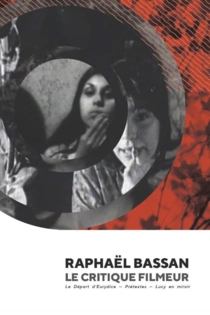
Naissance Au Monde
Dominik Lange
I wanted to reach the farthest point of my interior landscape, but I have never been able to reach the same place twice! Was it some kind of nightmare, or some unexpected spiritual lightning? Now I feel like a stranger in a foreign world, who would like to find some of this light ...
Naissance Au Monde
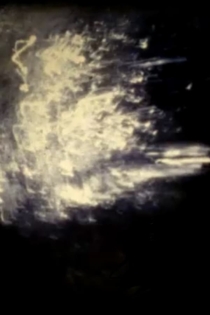
Béton armé contre dame nature
Dominik Lange
This film illustrates a recurring theme in the work of Dominik Lange: the opposition of nature and city. The film explores various different aesthetic options. Lange begins by filming a bare tree, magnifying it and giving it the plastic seductivity of a watercolour in movement. The shots of the tree, either gently caressed by the artist's camera or exploding in a multitude of trembling and scratched forms, alternate with a series of shots of depressing new public-housing tower blocks. Lang revitalizes these buildings by clustering them together and/or blurring their contours. At a certain point, a building site appears; we see the buildings under construction, with construction workers busy at their task. Were these shots filmed later, or did the film-maker choose to show them later? It doesn't really matter; the alchemical phenomenon which mutates vegetation (nature) into the depressing uniformity of tower blocks is conveyed with sensitivity.
Béton armé contre dame nature
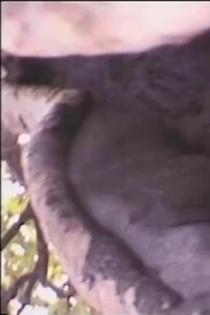
Défénestration vers l'ailleurs
Dominik Lange
The artist sets up his camera in front of a run-down shack. He will attempt to penetrate his subject with a series of agile and inquisitive camera movements. Although open to the four winds, the building is presented to us as an impenetrable castle: there are bars on the windows, locks and pulleys: a series of obstacles blocking our access. Lange launches his attack by panning horizontally, then vertically, across the walls; these are scarred with broken windows, which provide the principal motif for the film. This panning movement continues, with a series of variations based on the geometric patterns offered by the half-broken windows: a series of backlit triangles and rectangles, which at times suggest an anthropomorphic motif. The use of different shooting speeds and of in-camera double-exposure causes the film to fluctuate between documentation and abstraction. L'Ailleurs - Somewhere Else - is the interior which the film never penetrates.
Défénestration vers l'ailleurs

Transport carcéral urbain
Dominik Lange
A stripped-down visual sonata, in which elements of Lange's habitual cinematic universe (wall, wasteland, city square, cars ...) are captured by a camera more 'documentary' than demiurgic (as opposed to the transformation of energy and vision to be found in his later films).The filmic process used is, however, no less rigorous. Urban prison transportation was filmed from the inside of a moving vehicle and is composed of lateral travelling shots, which move consistently forward, while swinging from left to right with a varying degree of acceleration. There is no double-exposure or editing-in-camera; the background consists of walls, parks, wastegrounds, stations and platforms. These compositions in movement display various degrees of depth of field; speed decreases as we retreat, diffracted by the systematic presence of the grills and bars separating us from more distant motifs.
Transport carcéral urbain

Un automne à Paris
Dominik Lange
Natural devices are used directly during the shooting process to transform the image with the help of moving mirrors, animated by the surface of water waves and other tremblings on lake surfaces, as well as other bodies of water in the natural space of the Paris urban area.
Un automne à Paris
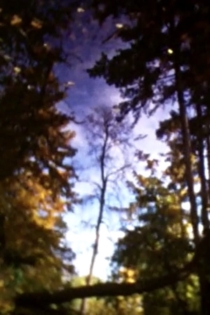
À la recherche du temple
Dominik Lange
You are, no doubt, already familiar with such literary quotations as "In search of lost time" (A la recherche du temps perdu) or "Those living pillars which gaze at us", as per Napoleon Bonaparte, when faced with the famous pyramids of Egypt?
In Search of the Temple
